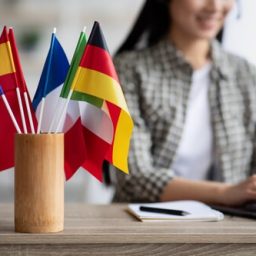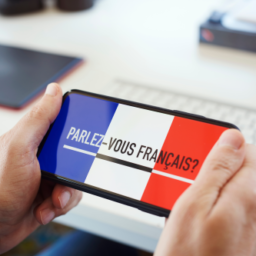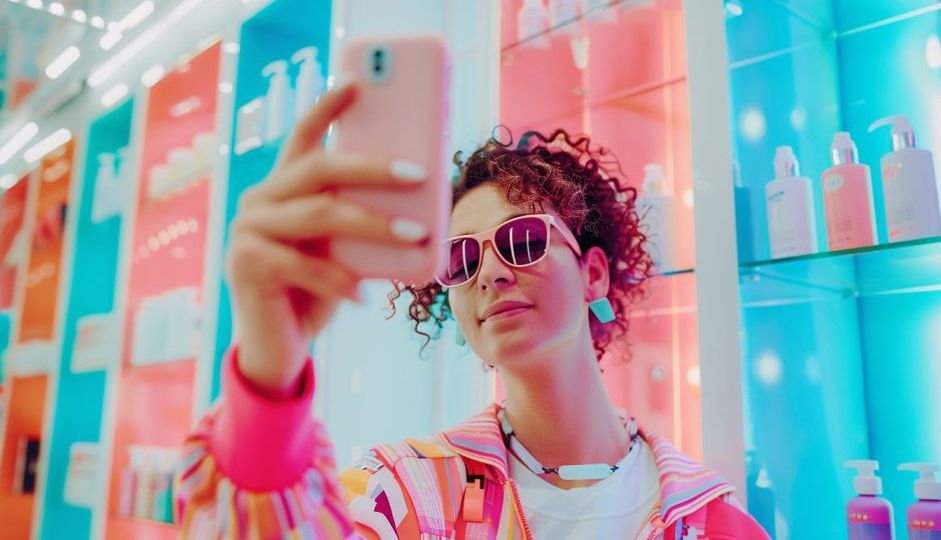
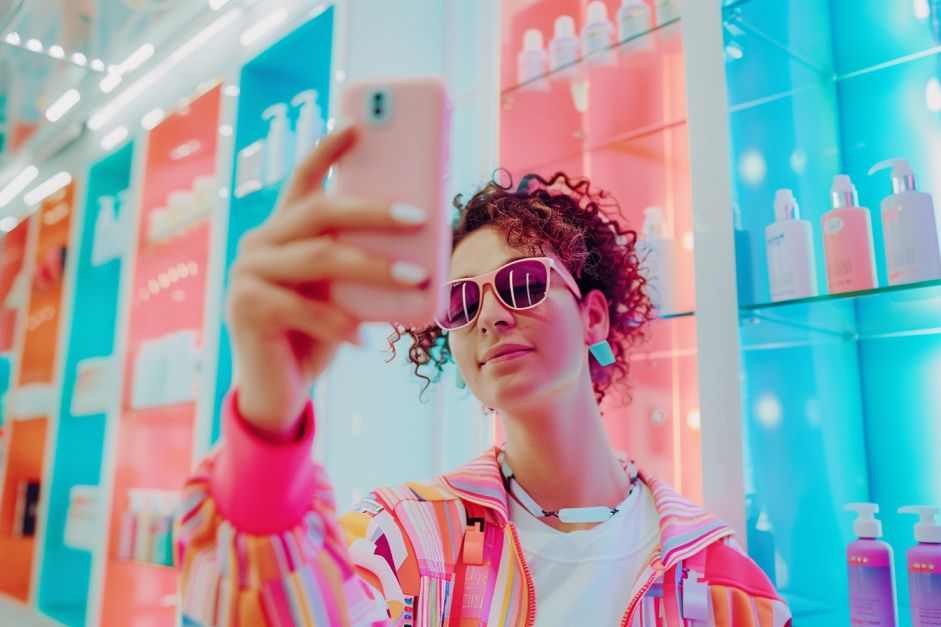
Social media is a vital area for online communication. Influencer marketing has become a tool for brands to reach their customers. However, we notice a shift away from celebrity-driven product promotion. Nowadays, the emphasis is on authentic connections and building trust through credible influencers.
Influencers must be tailored to the target audience’s needs. A campaign achieving great results in the United States with specific humour may completely miss the mark with audiences in Japan or Brazil without the right localisation. Correct translation is a solution to this problem!
Contents
What is influencer marketing?
Influencer marketing involves leveraging influential social media personalities to promote a brand or product. The profiles you advertise on vary in their reach. You might collaborate with mega-celebrities with millions of followers or micro-influencers with a few thousand followers.
The number of followers is secondary. What matters most is engagement and authenticity. These make an influencer’s words significant. In a marketing strategy, influencer marketing primarily aims to increase brand awareness and build consumer trust. Ideally, it should resemble a recommendation from a trusted friend rather than just another advertisement. That is why it is such a powerful tool!

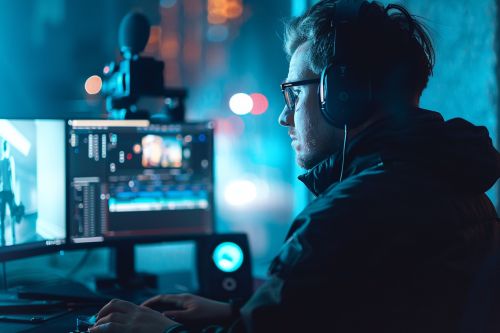
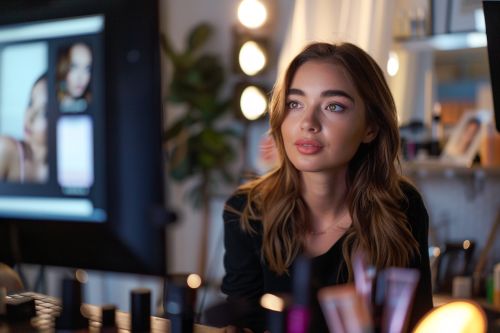
Examples of influencer marketing
Dyson, a renowned home appliance brand, influencers showcase their innovative hair dryer. Celebrities in various countries filmed themselves using the product and incorporating it into their daily routines. This helped establish the Dyson hair dryer as an essential home device.
In Daniel Wellington’s campaign, the watch manufacturer had influencers from around the world share photos with their watches, using the unified hashtag #DWpickoftheday. The campaign’s simplicity, global reach, and consistent messaging translated into increased sales.
For the promotion of an H&M collection created in collaboration with Balmain, well-known models and celebrities, Kendall Jenner and Gigi Hadid, were involved. This campaign demonstrated the power of combining popular fashion brands with familiar faces.
When choosing an influencer, find those who align with your brand. For instance, if you sell eco-friendly skincare products, search for people who advocate a healthy lifestyle. Their values and communication style should harmoniously resonate with your brand’s message.
Quality over quantity
Some influencers might have millions of followers but low engagement. In such cases, a micro-influencer with a smaller, but more engaged and loyal audience might be a better choice. Check metrics, including the number of comments, shares, and saves. Remember, the most expensive option is not always the best. Consider the size of your business and available resources.
Prioritise authenticity
Consumers quickly detect insincerity. Influencers must be genuine and natural in their actions. Review their historical posts to see if they naturally integrate brand collaborations into their regular content.
Experience matters
Collaborate with influencers experienced in the industry who know how to professionally execute campaigns. Review their past collaborations to see how effectively they have promoted other brands. Ensure their quality is high and aligns with your products or services. Be aware that ill-considered and low-quality posts do more harm than good. During initial discussions, clearly state your priorities. Check if the influencer is committed to achieving those goals.
Followers should be your target audience
Consider who you want to reach. If your target is young parents, look for influencers whose audience includes young families. Demographic analysis of an influencer’s followers will help you choose someone with access to your potential customers. This will increase brand awareness among interested individuals.
Value Creativity
Influencers who produce creative content bring a fresh perspective to your brand. Review their previous campaigns and if their present style matches your needs.
Translation vs localisation in influencer marketing
Do you understand the difference between translation and localisation? Translation is the process of faithfully converting text from one language to another, maintaining the original meaning. Localisation goes a step further: it adapts content to a different culture and audience expectations. The new language version does not mirror the original word-for-word. Instead, the message is adapted to sound natural for the local market.
A fast-food promotional campaign in the United States will look entirely different in India. Showing the same realities without considering cultural differences, where food preferences vastly differ, will likely be a flop.
Poor translation or lack of localisation seriously harms a campaign. Machine translations in posts without post-editing often result in nonsensical or even offensive content. This approach greatly deters customers and damages a brand’s image in that country.
What happens when a tech influencer from the USA posts a review of the latest smartphone on YouTube? His English-speaking review might influence audiences in North America but fail to resonate with tech fans in Poland, Japan, or Brazil. To change this, opt for translating reviews and product opinions using lively, colloquial language.
Well-executed localisation works wonders. Cosmetic brands, for example, focus on local beauty standards in Asian and African markets. Their campaigns contribute to increased sales in those regions.



Challenges in international influencer marketing
Localising influencer marketing is the art of adapting messages to resonate with the hearts and minds of audiences across different markets. A well-crafted strategy significantly enhances campaign effectiveness.
Unique language barriers
The language used by influencers is often filled with slang and industry-specific jargon. How do you translate an Instagram post full of youthful slang to maintain its vibe in another language? It is a significant challenge.
Cultural context
The cultural context dramatically changes how messages are received. Posts that are funny and attention-grabbing in one culture might be completely misunderstood in another. Translating marketing campaigns requires language proficiency and an understanding of the target culture.
Knowledge of local realities
One way to tackle localisation challenges is to cooperate with native speakers or engage local influencers in the campaign. Instead of translating the content of one influencer into multiple languages, brands often opt for separate collaborations in different countries. Each influencer creates content that is most engaging to their specific audience.
Monitoring a campaign with a new target audience
You should not leave a campaign unattended. It needs constant monitoring and analysis of its effects. Regularly check how content is received in different regions. It allows you to swiftly react and adapt strategies to changing trends.
Adapt social media content to audience preferences
Imagine a popular influencer posting a humorous video on Instagram. It is in English, filled with typical British humour. To make this content resonate with a Spanish-speaking audience, you require more than a dictionary: you require an understanding of the local culture. Why? Because Madrid’s sense of humour is quite different from London’s.
When translating and adapting posts, consider local expressions and cultural context. A British joke about the weather might transform into a quip about tapas in Spain. Localisation is when content evokes the desired emotions in the audience, even if it strays from the original context.
On TikTok, short video formats reign supreme. Localisation on this platform means adjusting musical backgrounds and video graphics to better match local preferences. An influencer promoting fashion might use a popular local song in the background for Polish viewers, while choosing something different for Brazilian audiences.
Hashtags and keywords: Do not forget them!
Hashtags are catchy phrases in social media campaigns. Their proper use, with a bit of luck, turns an ordinary post into a viral sensation. Translating these phrases correctly helps you achieve success.
In localisation, creativity is key. Sometimes, instead of direct translation, creating an entirely new hashtag that better reflects the social media behaviours of users in a specific part of the world is more effective.
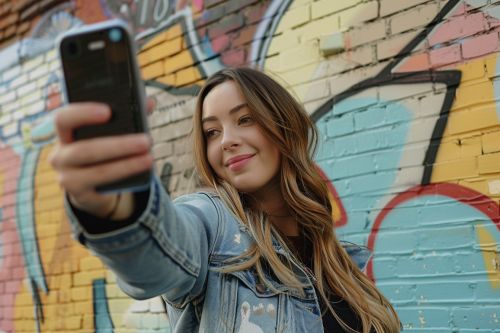
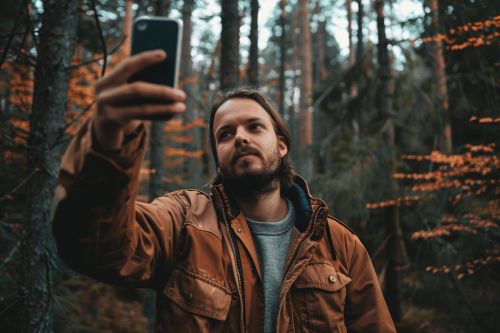

Localising influencer marketing: Leave it to the experts
Effective influencer marketing requires creativity and an understanding of local markets. Our translation agency ensures that your messages sound authentic in every language. Entrust us with your campaigns. We will provide their natural translation and cultural adaptation. Localising influencer marketing is our speciality. Start building your global reach today; contact us.
Images generated by AI.




